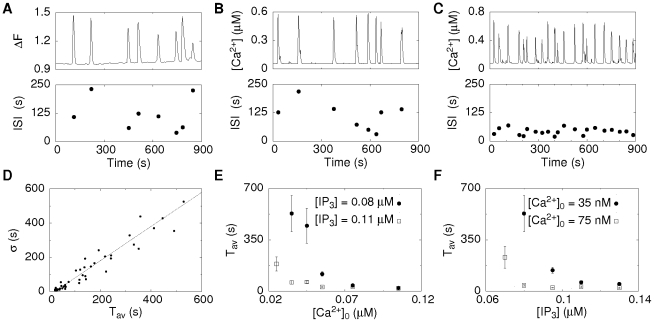Figure 3. Stochasticity of Ca2+ oscillations.
A: An experimental example of  oscillations in an astrocyte. The varying ISIs demonstrate the stochasticity of spiking. B,C: Simulations of the cellular
oscillations in an astrocyte. The varying ISIs demonstrate the stochasticity of spiking. B,C: Simulations of the cellular  dynamics of a cell with 47 clusters each having a random number of channels between 4 and 16 for different
dynamics of a cell with 47 clusters each having a random number of channels between 4 and 16 for different  base level
base level  concentrations and the standard parameters given in Table 1. For a low
concentrations and the standard parameters given in Table 1. For a low  base level of 30 nM spiking is rather slow and irregular (B). For an increased
base level of 30 nM spiking is rather slow and irregular (B). For an increased  base level of 50 nM spiking becomes faster and more regular (C). D: The simulated
base level of 50 nM spiking becomes faster and more regular (C). D: The simulated  −
− relation, where dots correspond to spike trains of single cells having different
relation, where dots correspond to spike trains of single cells having different  and
and  concentration (see Figure 5 in Text S1), is in accordance with the experimentally observed one [5] supporting the wave nucleation mechanism. E,F: The dependence of the average period
concentration (see Figure 5 in Text S1), is in accordance with the experimentally observed one [5] supporting the wave nucleation mechanism. E,F: The dependence of the average period  on the
on the  concentration and the
concentration and the  resting concentration obtained in simulations show that regular spiking is more likely if one concentration is high.
resting concentration obtained in simulations show that regular spiking is more likely if one concentration is high.

